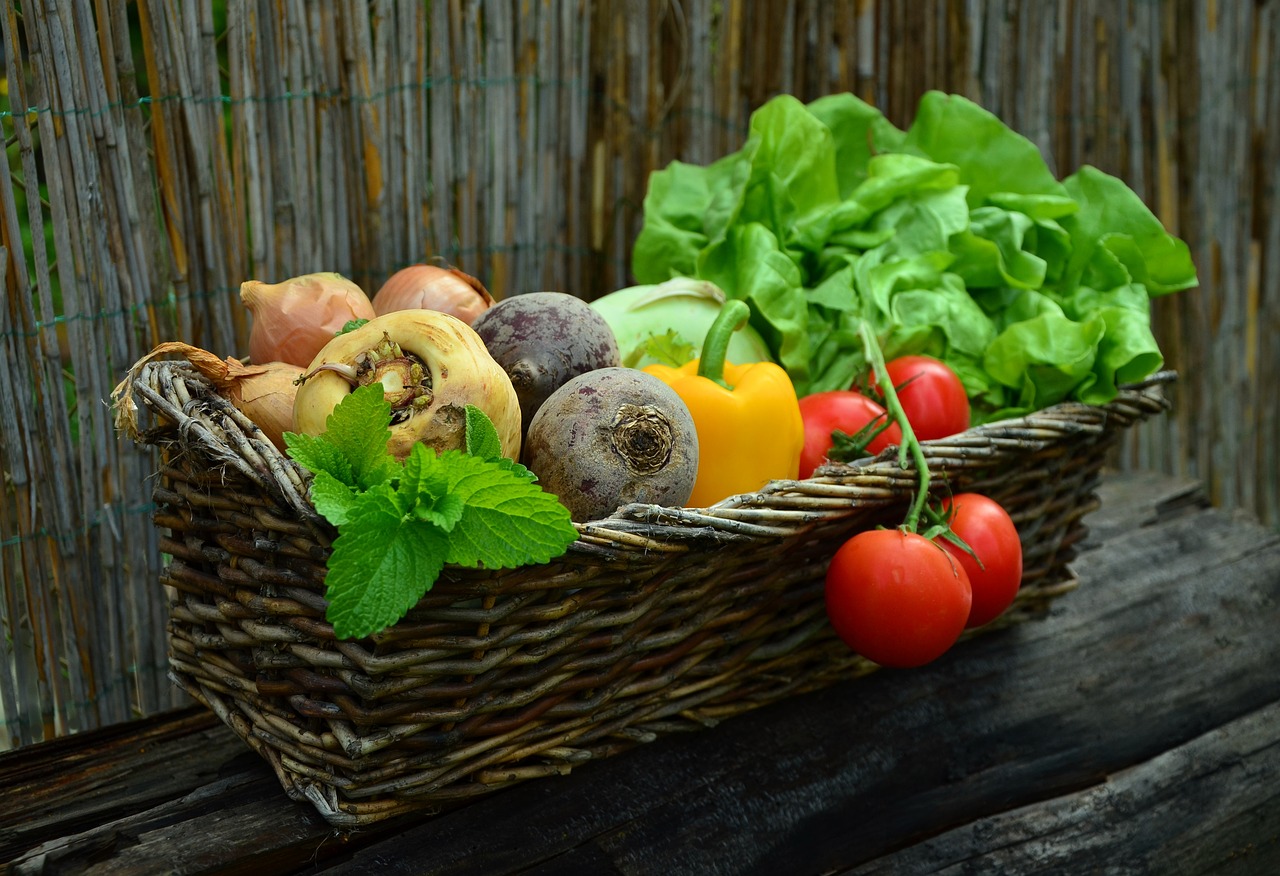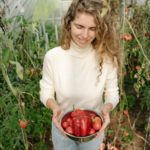Gardening is a rewarding and enjoyable hobby that allows you to reconnect with nature while providing fresh, nutritious produce for your family. As the new year approaches, it’s time to start planning your vegetable garden for the upcoming growing season. With proper planning and preparation, you can maximize your harvest and create a thriving garden. Here are nine valuable advices to help you plan your 2024 vegetable garden.
1. Assess Your Space and Sunlight Availability
The first step in planning your vegetable garden is to assess the available space in your yard or balcony. Determine how much sunlight each area receives throughout the day, as most vegetables require at least six hours of direct sunlight daily.
2. Choose Suitable Vegetables for Your Climate
Selecting vegetables that thrive in your specific climate zone will increase the chances of success in your garden. Consider factors such as temperature ranges, frost dates, and average rainfall when choosing which crops to grow.
3. Plan Crop Rotation
Crop rotation is an essential practice that helps prevent soil depletion and control pests naturally. By rotating crops from one area of the garden to another each year, you can reduce disease buildup and improve overall soil health.
4. Companion Planting Strategies
Companion planting involves strategically placing plants together based on their beneficial relationships with one another. For example, planting marigolds near tomatoes can deter pests like aphids while attracting beneficial insects like ladybugs.
5. Optimize Soil Health
Healthy soil is the foundation of a successful vegetable garden. Conduct a soil test to determine its pH level and nutrient content. Amend the soil with organic matter, such as compost or well-rotted manure, to improve its structure and fertility.
6. Utilize Vertical Gardening Techniques
If you have limited space, vertical gardening techniques can help maximize your growing area. Consider using trellises, stakes, or hanging baskets to grow climbing vegetables like cucumbers or beans vertically.
7. Implement Watering and Mulching Strategies
Proper watering is crucial for healthy plant growth. Install an efficient irrigation system or hand-water consistently to ensure plants receive adequate moisture without overwatering.
Additionally, apply mulch around plants to retain moisture and suppress weed growth.
8. Incorporate Pest Management Practices
Pests can wreak havoc on your vegetable garden if left unchecked. Implement integrated pest management (IPM) strategies by regularly inspecting plants for signs of pests and using natural deterrents like neem oil or companion planting methods mentioned earlier.
9. Keep a Garden Journal
Maintaining a garden journal allows you to track your progress, record successes and failures, and make informed decisions in future seasons based on past experiences. Note important information such as planting dates, varieties grown, yields obtained, and any observations regarding pests or diseases.
Planning your 2024 vegetable garden requires careful consideration of factors such as available space, sunlight exposure, climate suitability for different crops, crop rotation practices, companion planting strategies, soil health optimization techniques, vertical gardening methods, effective watering and mulching approaches, pest management practices, and maintaining a garden journal.
By following these advices, you can ensure a successful and bountiful harvest from your vegetable garden.
Remember to continuously learn and adapt your techniques as gardening is an ongoing process that requires patience and dedication. Happy gardening!



